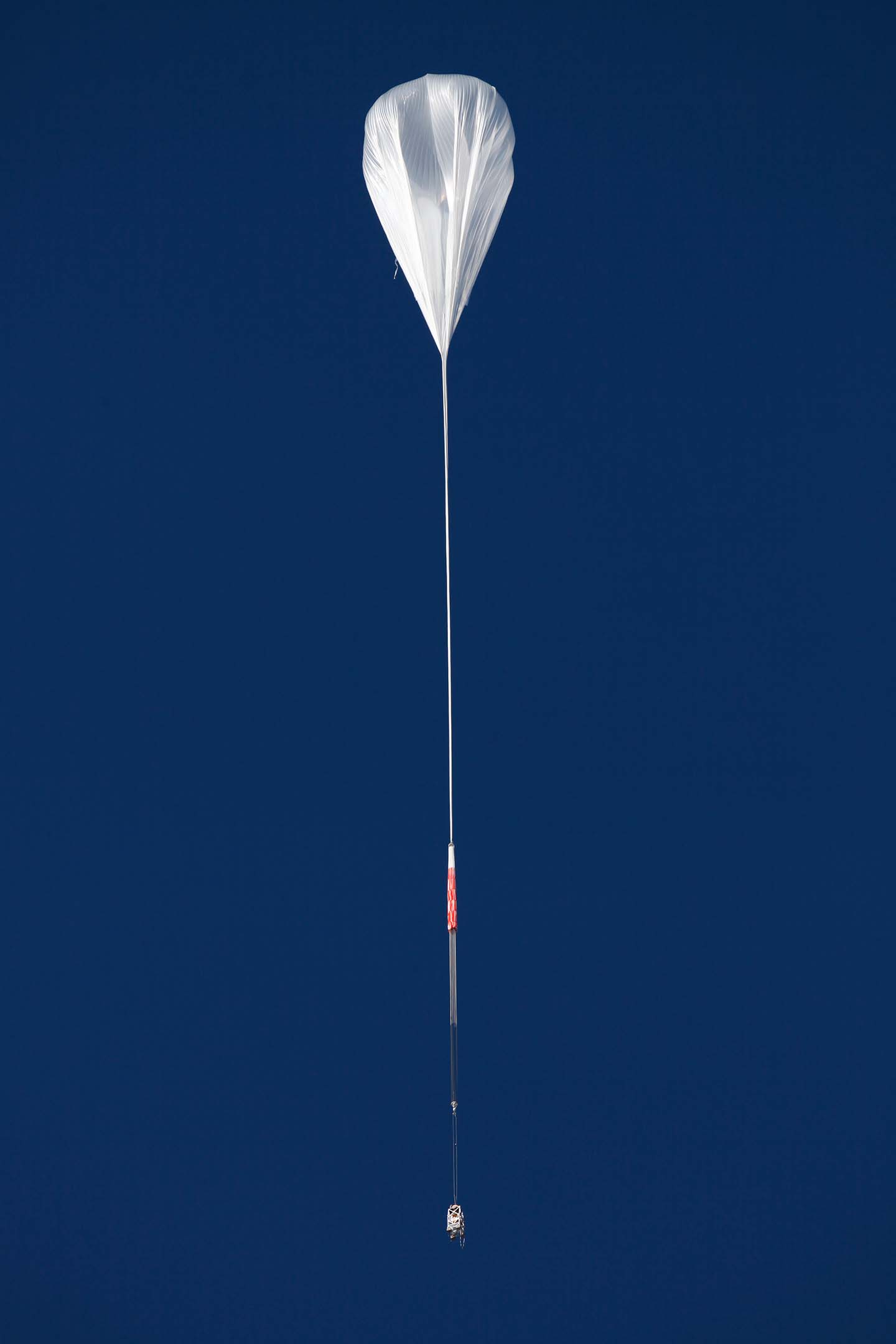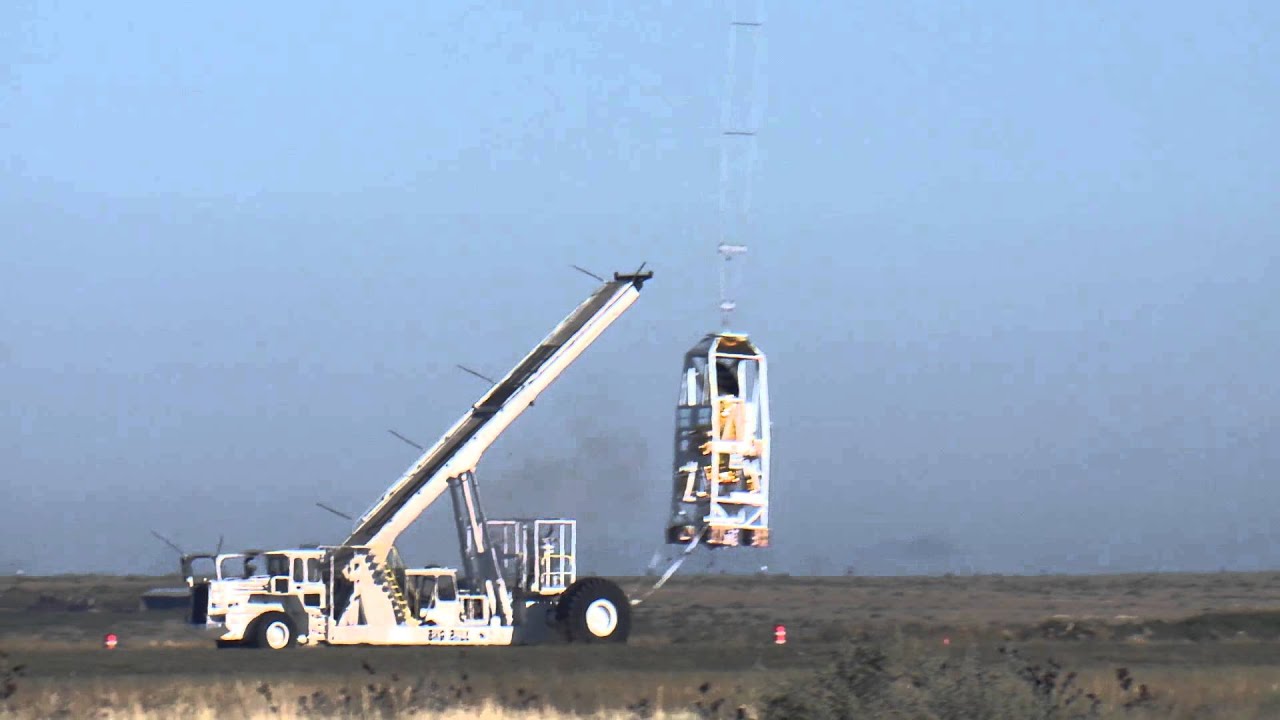Press Release
NASA’s BOPPS Collects ‘An Awesome Dataset’
Tue, 09/30/2014 - 12:48
 The Balloon Observation Platform for Planetary Science (BOPPS) experienced a picture-perfect launch just before 10:30 a.m. EDT on Thursday, Sept. 25. The balloon carried the payload for approximately 17 hours to heights over 127,000 feet until it was finally brought down west of Amarillo, Texas, 110 miles from the launch site. The gondola and payloads functioned well, and sufficient science and engineering data were collected to achieve the top-level mission objectives.
The Balloon Observation Platform for Planetary Science (BOPPS) experienced a picture-perfect launch just before 10:30 a.m. EDT on Thursday, Sept. 25. The balloon carried the payload for approximately 17 hours to heights over 127,000 feet until it was finally brought down west of Amarillo, Texas, 110 miles from the launch site. The gondola and payloads functioned well, and sufficient science and engineering data were collected to achieve the top-level mission objectives.
A number of targets were observed by the telescope and the two other main instruments on board during the mission. These targets included Oort Cloud comets, the asteroid Ceres and the double star Castor. One of the comets observed, Siding Spring, will pass very close to Mars on October 19, and BOPPS will provide data in preparation for that encounter.
“An exceptional team planned and implemented the successful BOPPS mission. BOPPS had ambitious goals and the team overcame many challenges to achieve them. We are looking forward to analyzing the data and communicating the results in the near future,” said Tibor Kremic, BOPPS project executive at NASA’s Glenn Research Center in Cleveland.

Credit: NASA/JHUAPL
“BOPPS has acquired an awesome dataset which I can’t wait to analyze. It’s the first planetary science dataset from a stratospheric balloon in over 40 years,” said BOPPS principal investigator Andy Cheng of the Johns Hopkins University Applied Physics Laboratory (APL), which built and tested the gondola and its systems, including the infrared camera and telescope.
BOPPS is a high-altitude, stratospheric balloon mission that was launched from the Columbia Scientific Balloon Facility at Fort Sumner, New Mexico. The goals of the mission were to make visible and infrared observations to gain insights into the composition of the early solar system, as well as to demonstrate the capability that scientific high-altitude balloon missions offer for future planetary science endeavors.
Built for NASA by APL in Laurel, Maryland, the BOPPS gondola is 5,200 pounds, 22 feet tall and eight feet wide. The Southwest Research Institute, Boulder, Colorado, built the near ultraviolet/visible light instrument. Glenn provided management and engineering support, and the Balloon Program Office at NASA’s Wallops Flight Facility, Wallops Island, Virginia, provided the balloon systems and launch and recovery operations for the BOPPS gondola. Glenn manages the BOPPS project for the NASA Planetary Science Division, Science Mission Directorate at NASA Headquarters in Washington, D.C.
For more information about the mission, visit http://bopps.jhuapl.edu/.
